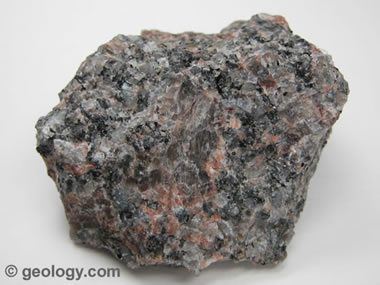Pictures of Igneous Rocks
Photos and Descriptions of Common Intrusive and Extrusive Igneous Rock Types
Article by: Hobart M. King, PhD
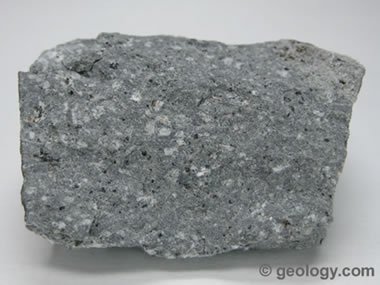
Andesite is a fine-grained, extrusive igneous rock composed mainly of plagioclase with other minerals such as hornblende, pyroxene, and biotite. The specimen shown is about two inches (five centimeters) across.
What are Igneous Rocks?
Igneous rocks are formed from the solidification of molten rock material. Some form below Earth's surface. Some form on or above Earth's surface. We describe these two basic types:
Intrusive igneous rocks crystallize below Earth's surface, and the slow cooling that occurs there allows large crystals to form. Examples of intrusive igneous rocks are: diabase, diorite, gabbro, granite, pegmatite, and peridotite.
Extrusive igneous rocks erupt onto the surface, where they cool quickly to form small crystals. Some cool so quickly that they form an amorphous glass. These rocks include: andesite, basalt, dacite, obsidian, pumice, rhyolite, scoria, and tuff.
Pictures and brief descriptions of some common igneous rock types are shown on this page.
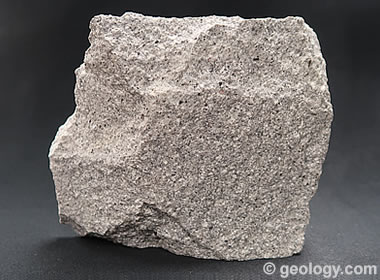
Dacite is a fine-grained, extrusive igneous rock that is usually light in color. It has a composition that is intermediate between rhyolite and andesite. The specimen shown is about four inches (ten centimeters) across.
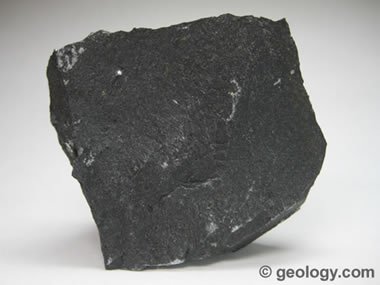
Basalt is a fine-grained, dark-colored extrusive igneous rock composed mainly of plagioclase and pyroxene. The specimen shown is about two inches (five centimeters) across.
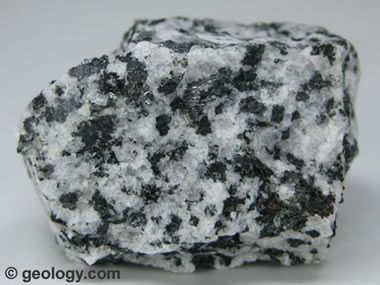
Diorite is a coarse-grained, intrusive igneous rock that contains a mixture of feldspar, pyroxene, hornblende, and sometimes quartz. The specimen shown above is about two inches (five centimeters) across.

Diabase is an intrusive igneous rock composed mostly of plagioclase feldspar and pyroxene minerals. The grains in diabase are larger than those in basalt but smaller than those in gabbro. Diabase is used in the construction industry as trap rock or dimension stone. When the diabase contains colorful labradorite crystals, it makes an especially nice architectural stone.
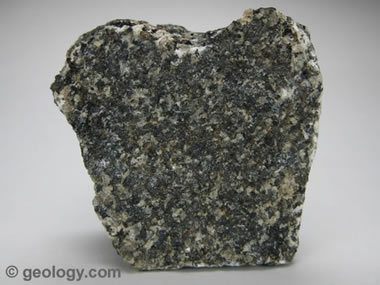
Gabbro is a coarse-grained, dark-colored, intrusive igneous rock that contains feldspar, pyroxene, and sometimes olivine. The specimen shown above is about two inches (five centimeters) across.
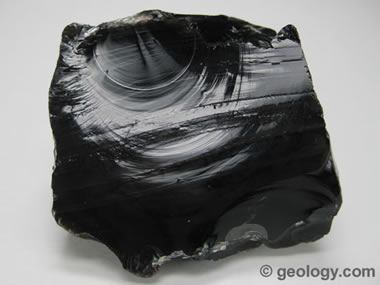
Obsidian is a dark-colored volcanic glass that forms from the very rapid cooling of molten rock material. It cools so rapidly that crystals do not form. The specimen shown above is about two inches (five centimeters) across.

Peridotite is a coarse-grained intrusive igneous rock that is composed almost entirely of olivine. It may contain small amounts of amphibole, feldspar, quartz, or pyroxene. The specimen shown above is about two inches (five centimeters) across.
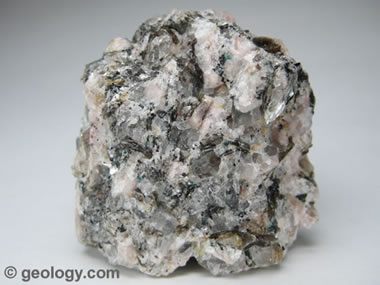
Pegmatite is a light-colored, extremely coarse-grained intrusive igneous rock. It forms near the margins of a magma chamber during the final phases of magma chamber crystallization. It often contains rare minerals that are not found in other parts of the magma chamber. The specimen shown above is about two inches (five centimeters) across.
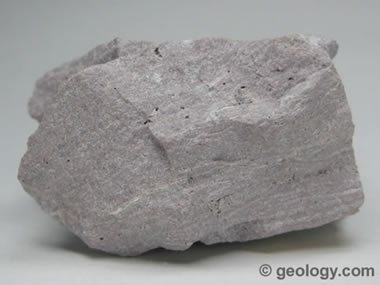
Rhyolite is a light-colored, fine-grained, extrusive igneous rock that typically contains quartz and feldspar minerals. The specimen shown above is about two inches (five centimeters) across.
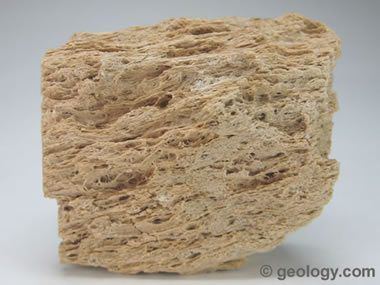
Pumice is a light-colored vesicular igneous rock. It forms through very rapid solidification of a melt. The vesicular texture is a result of gas trapped in the melt at the time of solidification. The specimen shown above is about two inches (five centimeters) across.

Scoria is a dark-colored, vesicular, extrusive igneous rock. The vesicles are a result of trapped gas within the melt at the time of solidification. It often forms as a frothy crust on the top of a lava flow or as material ejected from a volcanic vent and solidifying while airborne. The specimen shown above is about two inches (five centimeters) across.
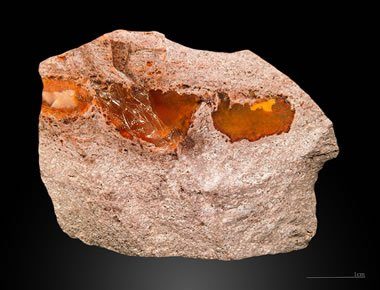
Fire Opal is sometimes found filling cavities in rhyolite. Long after the rhyolite has cooled, silica-rich ground water moves through the rock, sometimes depositing gems like opal, red beryl, topaz, jasper, or agate in the cavities of the rock. This is one of many excellent geological photographs generously shared through a Creative Commons License by Didier Descouens.

Unakite is a colorful rock composed of green epidote and pink orthoclase. It is formed when granite, an igneous rock, is metamorphosed by hydrothermal activity. Attractive pieces of unakite are often used to make cabochons, tumbled stones, small sculptures, and other lapidary items. It is named after the Unaka Mountains of eastern Tennessee.
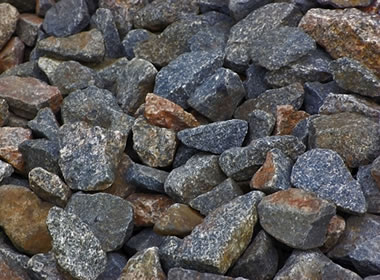
"Trap Rock" is a layman's term for any dark-colored igneous rock that is used to make crushed stone. This crushed stone can be used as road base material, or as an aggregate in concrete or asphalt. The most common types of trap rock are basalt, diabase, gabbro, and peridotite. Image copyright iStockphoto / Brilt.
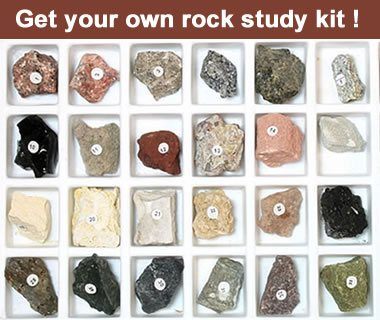
The best way to learn about rocks is to have a collection of specimens to examine while you study. Seeing and handling the rocks will help you understand their composition and texture much better than reading about them on a website or in a book. The Geology.com store offers inexpensive rock collections that can be mailed anywhere in the United States or U.S. Territories. Mineral collections and instructive books are also available.
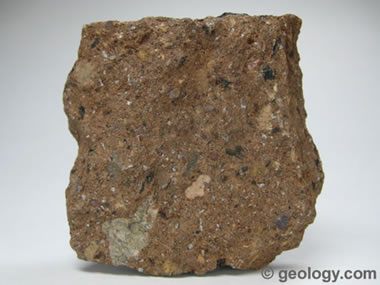
Welded Tuff is a rock that is composed of materials that were ejected from a volcano, fell to Earth, and then lithified into a rock. It is usually composed mainly of volcanic ash and sometimes contains larger size particles such as cinders. The specimen shown above is about two inches (five centimeters) across.
| More Rocks |
 |
Tumbled Stones |
 |
Fossils |
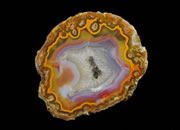 |
Geodes |
 |
The Rock Used to Make Beer |
 |
Topo Maps |
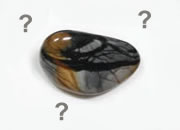 |
Difficult Rocks |
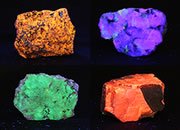 |
Fluorescent Minerals |
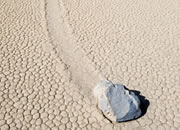 |
Sliding Rocks on Racetrack Playa |

Find Other Topics on Geology.com:

|

| ||

|

| ||

|

| ||

|

|

